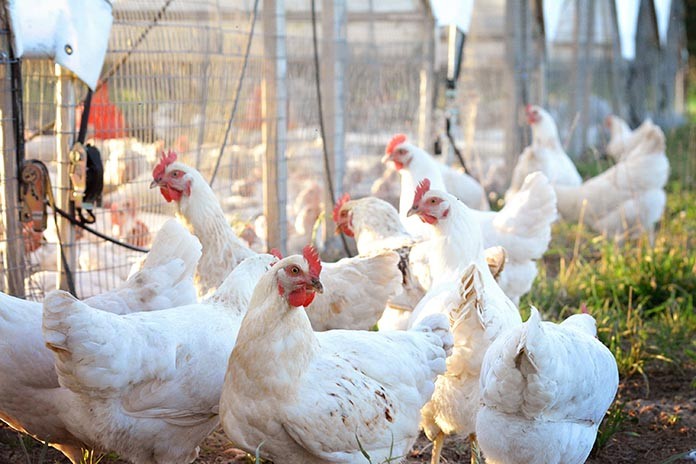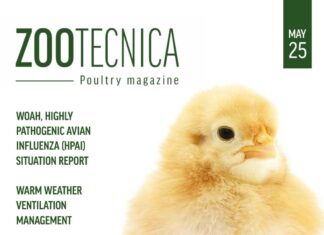
In June of 2015 The Food and Drug Administration announced their final rule on Veterinary Feed Directives. This rule is intended to improve how antibiotics are used in agriculture by bringing them under veterinary oversight. This rule also prohibits production uses of antibiotics, limiting use to therapy or prevention. As of January 1, 2016 most antibiotics used in animal feed will need a VFD issued by a licensed veterinarian.
VFD stands for Veterinary Feed Directive. This is a fancy way of saying in order for a feed mill to make feed containing most antibiotics they will need a document from a licensed veterinarian before making that feed. These feed medications need to be used only as the label indicates, no exceptions.
In order for a veterinarian to write a VFD they first need to be licensed in that state. The next big requirement is to make sure a VCPR exists. VCPR stand for Veterinarian – Client – Patient – Relationship. This means that the issuing veterinarian needs to have a good enough relationship where they fully understand the animals, facility and diseases well enough that they assume responsibility for their treatment. They must also be available for any follow up care.
Producers have several responsibilities as well. They must agree to only use the medicated feed for the animals which it was written for. The producer must not use the medicated feed past the expiration date listed on the VFD. Records need to be maintained for two years. Most of the antibiotics used in poultry medicine will fall under this new rule. There are a few exceptions: dewormers, Ionophores and bacitracin. In 2017 water based antibiotics also fallen under this rule. Antibiotics used in the feed must be used ONLY as their label lists. There is no EXTRA LABEL use of feed medications. The labels for most of the feed antibiotics used on poultry farms are very limited. Good diagnostics are the key to proving the correct antibiotic is being used.
There is a long list of items that must be listed on the VFD form. Licensed poultry veterinarians will be aware of these requirements and write their VFDs to meet these requirements. The veterinarian is responsible for writing the VFD. Some drug manufacturers have developed their own forms and/or electronic reporting options. It is very important to all producers to develop a relationship with a veterinarian in advance of needing a VFD. This way when you have an emergency you won’t need a farm visit immediately prior to running medications.
The other part of the rule is that water medications will transition from over the counter (OTC) status to prescription status. This means that farms will need to work with a veterinarian in order to use water medications. Each veterinarian will handle this process slightly differently. The producer will have to track their usage and inventory of medication. They will also have to follow the directions or protocols provided to them by their veterinarian.

















